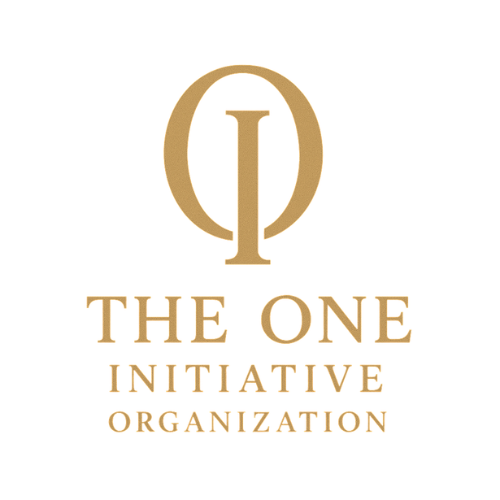WTE Emerging Markets: Making Projects Bankable
1. Offtake: Locking Revenue & Payment Security
Bankable PPAs or heat/steam offtake contracts are key to ensuring predictable revenue. These should include take-or-pay clauses, CPI indexation, and FX pass-through where possible, following World Bank guidance for secure IPP payment streams.
A robust payment security package may include escrowed reserves (3–6 months), revolving letters of credit, and sovereign support agreements or MDB guarantees to backstop obligations. Partial guarantees help extend tenor and improve ratings.
Revenue stacking opportunities include heat/steam sales, metal recovery, bottom-ash aggregates, renewable energy credits, and carbon credits for methane avoidance, broadening income streams.
2. Feedstock: Guaranteeing Quantity & Quality
Put-or-pay Waste Supply Agreements (WSAs) with minimum tonnage guarantees and tipping fees ensure consistent feedstock. Quality specifications, contamination penalties, and independent monitoring further protect project economics and lender confidence.
In projects like Bac Ninh, Vietnam, supply-or-pay terms de-risk tonnage, improving bankability with blended finance support.
3. ECA & Guarantee Tools: Extending Tenor, Lowering Risk
Export Credit Agencies (ECAs) provide guarantees, insurance, and direct loans to support long-term financing. When paired with MDB guarantees (e.g., MIGA or World Bank), these tools mitigate political and credit risk, enabling private sector participation.
The Dubai Warsan WTE project (~US$900m) exemplifies this structure, with JBIC and NEXI support, multi-bank participation, and a 35-year concession agreement.
Investor Checkpoints for Bankability
- Revenue & indexation: Secure, indexed revenue streams with FX pass-through.
- Security package: Escrow, LCs, and government support letters.
- Feedstock certainty: Minimum tonnage, quality specs, and remedies.
- Permits & ESG: Compliance with IFC Performance Standards and transparent community engagement.
- Construction & tech risk: Bankable EPC contracts and experienced O&M partners.
- Policy tailwinds: Supportive regulations like landfill bans, renewable classifications, or viability gap funding.
As the World Bank notes, "Bankable WTEs in emerging markets braid two revenue cords—tipping fees and energy sales—then wrap them in payment security and political-risk cover." Pairing this with strong feedstock agreements and ECA/MDB support is increasingly the difference between promising and truly bankable projects.
